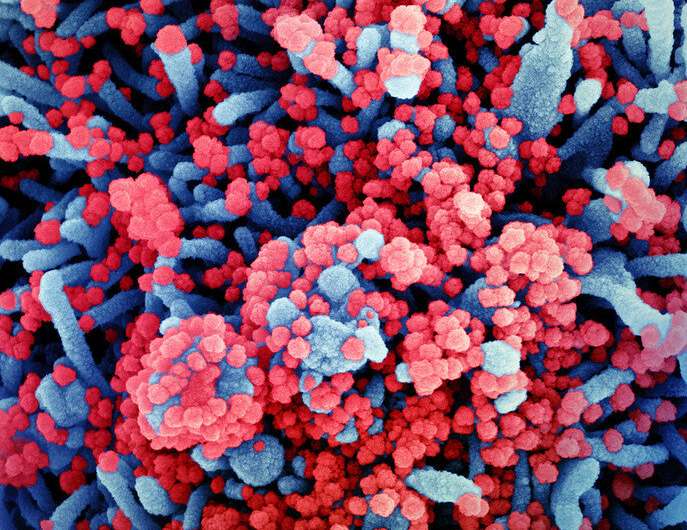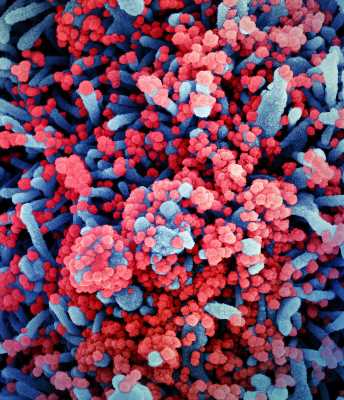
When coronaviruses jump species—as SARS-CoV-2 is thought to have done from bats or pangolins to humans—they must quickly adapt to their new host. For example, they must evolve to recognize the unique sugar molecules, or glycans, that decorate proteins on the host cell’s surface. Now, researchers reporting in ACS Infectious Diseases have characterized the binding of proteins from several animal and human coronaviruses to glycans called sialic acids, revealing host-specific patterns of binding.
Sialic acids are negatively charged, nine-carbon sugar molecules that cap the ends of sugar chains attached to proteins on the cell’s surface. In vertebrates, N-acetylneuraminic acid (Neu5Ac) and N-glycolylneuraminic acid (Neu5Gc) are the most common forms of sialic acids. Enzymes can add acetyl groups to various places on these molecules, making more than 10 molecular variants of each. Geert-Jan Boons and colleagues wanted to characterize the repertoire of sialic acid variants recognized by two viral proteins, the receptor binding domain (RBD) of the spike protein and hemagglutinin-esterase (HE), from several animal and human coronaviruses.
Source: Read Full Article
